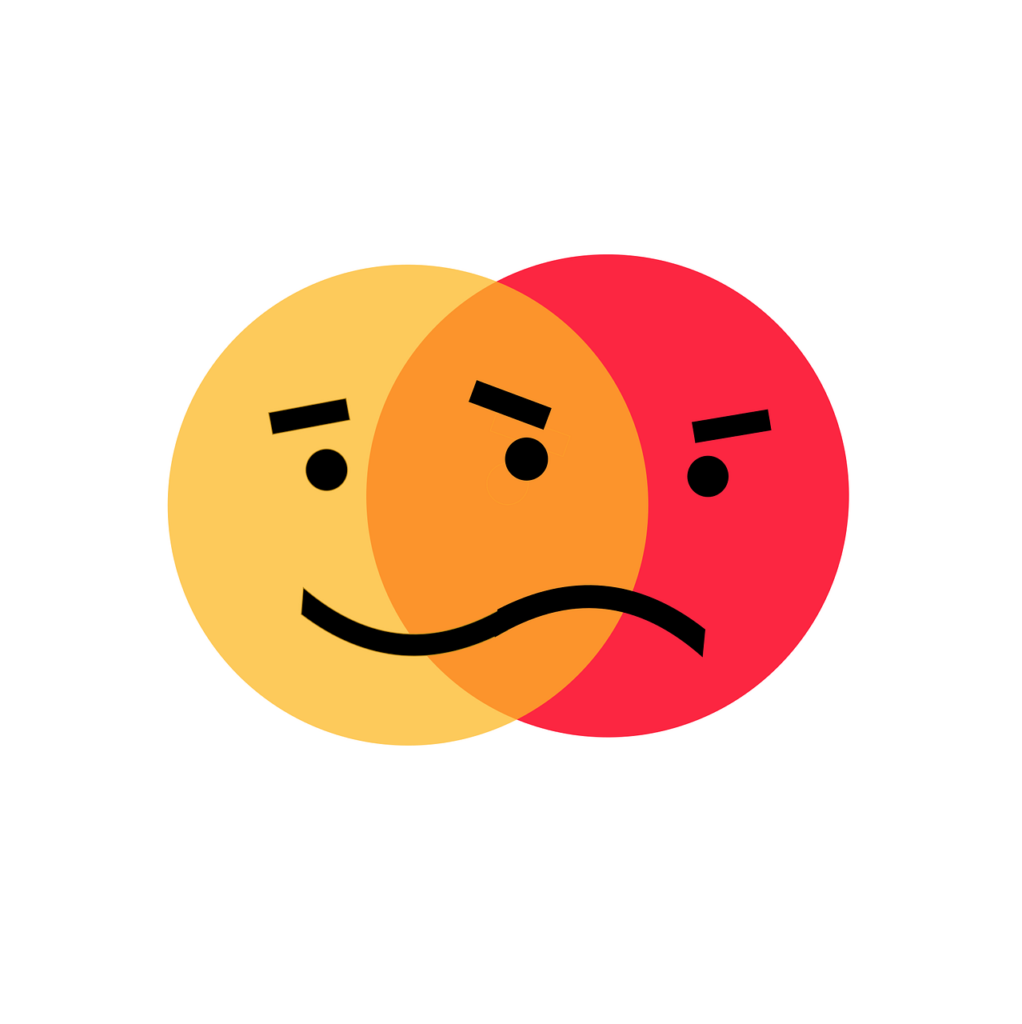SPOILER ALERT!
~ An emotionally balanced person display emotions that are not extreme, fluctuate slightly throughout the day, and are relatively stable.
~ A pattern of emotions (positive and negative) that are on the extreme spectrum and stay the same for long periods of time is a sign that a mood disorder may develop
~ Remission is achieved when the person is able to transition from the pathological emotional state they were in to a different, less rigid and less extreme emotional state.
~ Anxiety severity is increased when negative emotions are unstable (they tend to be extreme).
~ Savoring happy moments and cultivating positive emotions helps decrease anxiety and depression
Research shows that dysregulated emotional patterns are associated with many psychological conditions, including depression and anxiety. Particular attention is given to three of the most common patterns in affect (i.e., moods), which are variability, instability and inertia (i.e., lack of change).
Mood Dynamics
Variability refers to extremes of positive and negative emotions, and whether a person experiences them or not. Instability, on the other hand, represents the large shifts in emotions from positive to negative (or vice versa) and within one mood. Finally, inertia as the opposite of variability reflects the extent to which emotions self-perpetuate or predict themselves over time.
For example, high instability and high inertia of emotions negatively affect well-being and contribute to psychopathology. This means that having frequent shifts from one extreme emotion to another (positive/negative) and maintaining an emotion for longer periods of time (positive or negative) are both strong predictors of mood disorders.
Indeed, extreme instability suggests maladaptive emotion regulation, as emotions tend to change too much in response to the environment. Similarly, extreme inertia is an indicator of emotional rigidity where emotions don’t fluctuate enough or at all.
Thus, the dynamics of moods and emotions provide useful information about the mental health of a person, especially since they are a warning sign of an imminent transition to a psychopathological state. Conversely, state transition is a vital goal in psychotherapy as it could also signify improvement.
Positive Affect (PA) and Negative Affect (NA) Dynamics in Depression and Anxiety
It follows then that examining the dynamics of positive and negative affects in individuals with anxiety and depression helps identify the changes that contribute to better therapeutic outcomes.
For example, greater instability of NA contributes to increased severity of anxiety symptoms and greatly influences the effectiveness of treatment. By contrast, NA instability has no effect on depression (severity or treatment).
Of particular interest is the role that PA dynamics play in treatment effectiveness for both depression and anxiety. Notably, all three PA dynamics (variability, inertia and instability) are strong predictors of treatment outcome (whether there is improvement or not) in individuals with anxiety and depression receiving cognitive behavioral therapy. For example, greater PA inertia (i.e., ability to maintain a positive mood) is linked to better outcomes in depression.
Specifically, these findings highlight the importance of being reactive to positive affect. Cultivating awareness of and responses to PA, such as savoring positive experiences, help improve anxiety and depression.
Reference:
Bosley, H. G., Soyster, P. D., & Fisher, A. J. (2019). Affect Dynamics as Predictors of Symptom Severity and Treatment Response in Mood and Anxiety Disorders: Evidence for Specificity. Journal for person-oriented research, 5(2), 101–113. https://doi.org/10.17505/jpor.2019.09

